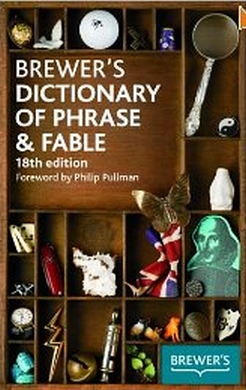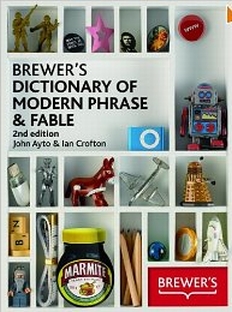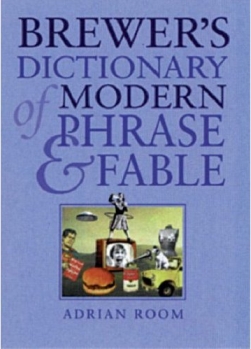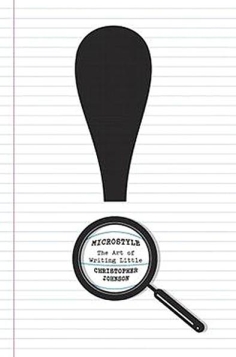- HOME
- INTRO TO THE FORUM
- USE AND MISUSE
- BADLY WRITTEN, BADLY SPOKEN
- GETTING
TO KNOW ENGLISH - PREPARING FOR ENGLISH PROFICIENCY TESTS
- GOING DEEPER INTO ENGLISH
- YOU ASKED ME THIS QUESTION
- EDUCATION AND TEACHING FORUM
- ADVICE AND DISSENT
- MY MEDIA ENGLISH WATCH
- STUDENTS' SOUNDING BOARD
- LANGUAGE HUMOR AT ITS FINEST
- THE LOUNGE
- NOTABLE WORKS BY OUR VERY OWN
- ESSAYS BY JOSE CARILLO
- Long Noun Forms Make Sentences Exasperatingly Difficult To Grasp
- Good Conversationalists Phrase Their Tag Questions With Finesse
- The Pronoun “None” Can Mean Either “Not One” Or “Not Any”
- A Rather Curious State Of Affairs In The Grammar Of “Do”-Questions
- Why I Consistently Use The Serial Comma
- Misuse Of “Lie” And “Lay” Punctures Many Writers’ Command Of English
- ABOUT JOSE CARILLO
- READINGS ABOUT LANGUAGE
- TIME OUT FROM ENGLISH GRAMMAR
- NEWS AND COMMENTARY
- BOOKSHOP
- ARCHIVES
Click here to recommend us!
READINGS IN LANGUAGE
This section features links to interesting, instructive, or thought-provoking readings about the English language. The selections could be anywhere from light and humorous to serious and scholarly, and they range widely from the reading, writing, listening, and speaking disciplines to the teaching and learning of English.
An idiosyncratic compendium of “words that have a tale to tell”
Those who write and speak in English to earn a living ought to have a copy of Brewer’s Dictionary of Phrase and Fable to make themselves more conversant and at home with the language. First published in 1870, this comprehensive but highly idiosyncratic reference work aimed at making readers without advanced education understand the origins of common English phrases and historical or literary allusions—what its author, the Rev. Ebenezer Cobham Brewer, described as “words that have a tale to tell.” By providing information about English that the more traditional dictionaries and encyclopedias would rather overlook as being too quirkish, the book became highly popular and has remained a huge publishing success during the past 140 years.



The 1890 revised and updated edition of Brewer’s Dictionary of Phrase and Fable is now in the public domain, and it has three recent updated editions put out by different publishers. Web-based versions of Brewer’s Dictionary can now also be found online.
The 18th revised and expanded Brewer’s edition edited by Camilla Rockwood and published in July 2010 consists of 1,584 pages, mixing what the publisher calls “heritage entries” from the Victorian-era edition of Brewer’s Dictionary of Phrase and Fable such as “enchanted castles,” “magic garters,” and “poison detectors” with new entries “on everything from blogs designer babies to New York’s mysterious sewer-dwelling alligators.”
A 2001 hardbound edition of Brewer’s Dictionary of Modern Phrase and Fable published by Cassell and edited by Adrian Room copies the style and approach of the original dictionary. It has 800 pages and over 8,000 entries consisting of an eclectic mixture of colloquialisms, idioms, catchphrases, slang expressions, acronyms, trade names, organizations, events, and titles and fictional characters of literary work and filmed entertainment. Three-fourths of the entries in this edition were not in the earlier dictionary.
A second revision of the Chambers edition of Brewer’s Dictionary of Modern Phrase and Fable, edited by John Ayto and Ian Crofton and published in November 2010, has 1,326 pages with over 7,500 encyclopedic entries covering such diverse topics as 20th and 21st century catchphrases, buzzwords, characters from film, TV and literature, slogans, idioms and modern cultural references.
Check out the original Brewer’s Dictionary of Phrase and Fable online now!
OTHER INTERESTING READINGS:
In “Mechanic Muse: The Jargon of the Novel, Computed,” an article that came out in the July 29, 2011 issue of The New York Times, Ben Zimmer, executive producer of VisualThesaurus.com and Vocabulary.com, writes about how sophisticated text-crunching tools are now used to answer these questions about the novel: “Has a vernacular style become the standard for the typical fiction writer? Or is literary language still a distinct and peculiar beast?” He reports one of the major findings: “Creative writers are clearly drawn to descriptive idioms that allow their characters to register emotional responses through telling bits of physical action —‘business,’ as they say in theater.”
Read Ben Zimmer’s “Mechanic Muse” in The New York Times now!
In his book Microstyle: The Art of Writing Little (W. W. Norton & Company, 246 pages), blogger and branding consultant Christopher Johnson synthesizes current thinking from recent books about grammar, branding, cognitive science and Web theory. He makes the point that words are for wooing, in ways both personal and professional. Dwight Garner, reviewing the book in the July 26, 2011 issue of The New York Times, says: “Mr. Johnson offers a brief tour of inspired brevity, nodding toward Hemingway’s sentences, William Carlos Williams’s poems, Picasso’s line drawings. He samples some of Oscar Wilde’s and Dorothy Parker’s best lines and suggests that on sites like Twitter, we’re each invited to pull up a chair at what passes today for the Algonquin Round Table, if we can stand and deliver.”

Read Dwight Garner’s review of Christopher Johnson’s Microstyle in The New York Times now!
Click to read comments or post a comment
View the complete list of postings in this section
(requires registration to post)







